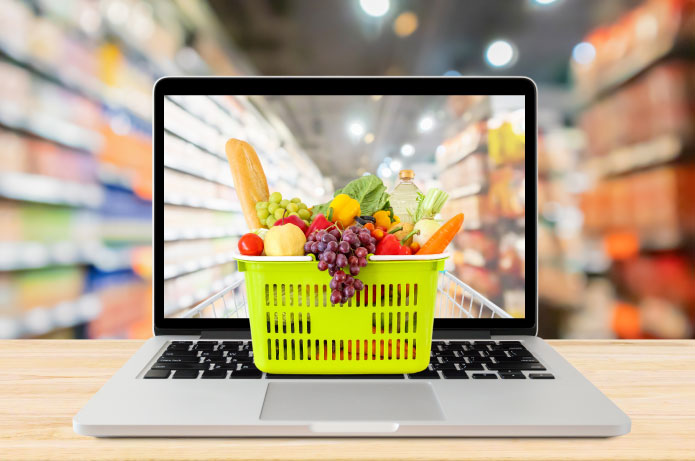In recent years, the virtual food trade has expanded significantly in Brazil. According to theBrazilian Electronic Commerce Association (ABComm), online transactions in this sector grew by 42% between 2022 and 2024
This advancement reflects a transformation in consumer behavior, driven mainly by the Covid-19 pandemic, that accelerated the digitalization of retail
In light of this context, many entrepreneurs in the food sector are betting on digital to expand their operations and reach a wider audience. But what are the initial steps to structure a food e-commerce in 2025
Structuring the business: essential first steps
To start an e-commerce in the food segment, a detailed planning is essential. Different from other areas, this sector requires special attention to logistics, storage and compliance with health regulations
The first step is to define the business model: it will be a dry goods store, perishable, organic or frozen? Each type has specific requirements, from transportation to ideal conservation conditions
Another fundamental aspect is to obtain the necessary health authorizations. In Brazil, the marketing of food over the internet is regulated by the National Health Surveillance Agency (Anvisa) and must follow the guidelines of the Consumer Protection Code
Furthermore, the E-commerce Law (Decree 7.962/2013) estabelece regras sobre transparência, exchange policy and clear information for customers
Create your own website or sell through a marketplace
One of the first decisions for those looking to enter the food e-commerce is to choose between developing an exclusive online store or using marketplaces. Having your own website ensures greater control over the brand's identity, the user experience and pricing.
However, consolidated platforms like iFood and Mercado Livre already have an established audience and can speed up initial sales
If the choice is for a personal website, it is essential to invest in a secure and responsive platform. Features such as integration with payment methods, mobile adaptation and intuitive navigation contribute to a positive shopping experience
How to promote e-commerce and attract customers
The promotion of the business is one of the pillars of success for an e-commerce. Strategies like paid ads, content marketing and social media help to win over consumers and strengthen brand presence. Furthermore, partnerships with influencers and loyalty programs can increase engagement and encourage repeat purchases
Another indispensable tool is SEO (Search Engine Optimization). Apply strategic keywords, creating detailed product descriptions and investing in blogs about healthy eating are effective ways to improve the store's ranking in search engines
Logistics and delivery: challenges and solutions for the food sector
The distribution of food requires efficient planning. Perishable products, for example, require refrigerated transport and fast deliveries. Small and medium businesses can turn to partnerships with specialized logistics companies or delivery apps to optimize operations
Fernanda Abdala, e-commerce manager of Banca do Ramon, comment on the necessary adaptations to ensure quality deliveries: "we work with high standard products and always analyze the logistical solutions that provide the customer with an experience similar to in-person shopping. Whether for wines and champagnes, or foods likecodfishand cold cuts, everything needs to maintain quality and arrive quickly.”
Another rising trend is the "dark store" model – small distribution centers focused exclusively on digital commerce. This strategy has been adopted by entrepreneurs seeking to reduce delivery time and ensure efficient service
What to expect from the food e-commerce market in the coming years
The growth of digital purchases is expected to continue intensifying, driven by convenience and the wide variety of products available online. For entrepreneurs in the food sector, invest in technology, optimized logistics and digital marketing actions will be essential to stand out in the competition
Monitoring trends and understanding consumer preferences are determining factors for success in online food retail. The future of online sales promises numerous opportunities for businesses of all sizes that know how to innovate and meet the new demands of the modern audience


